
BMW X5 45e Review

Introduction
Large SUVs, by their nature, have historically been low on the fuel efficiency rankings. Shifting large, heavy cars requires more power and therefore more fuel. But when you give a large SUV the equipment to move for considerable distances without burning any fuel at all, it suddenly becomes a lot more attractive.
That’s the thinking behind the X5 45e, a plug-in hybrid (PHEV) version of BMW’s very popular and very capable large SUV. By adding a battery and electric motor to the X5, BMW has created a car that can cover up to 54 miles on electric power alone. This burns no petrol at all, so could massively reduce fuel use and cost. But there’s a powerful petrol engine under the bonnet too, which can take over on longer journeys or if you have a hankering for performance.
Could it therefore be the best of both worlds?
Select's rating score* - 4.5 / 5
At a Glance
BMW’s X5 has long been one of the best large SUVs on the market, with great quality, technology, performance and handling. But it is heavy on fuel and emissions, which as well as the obvious environmental impact also means high running costs and company car tax. The X5 45e PHEV aims to provide an answer. Keep its battery plugged in when you’re not using it, and you’ll have up to 54 miles of emission-free electric motoring, which covers a lot of regular journeys.
When you need more range, or you want extra performance, there’s a 3.0-litre, six-cylinder petrol engine. Combine that with the great quality and sporty driving experience that all X5s boast, and you’ve got a very well executed family car that’s considerably greener and cheaper to run than a regular petrol or diesel equivalent.
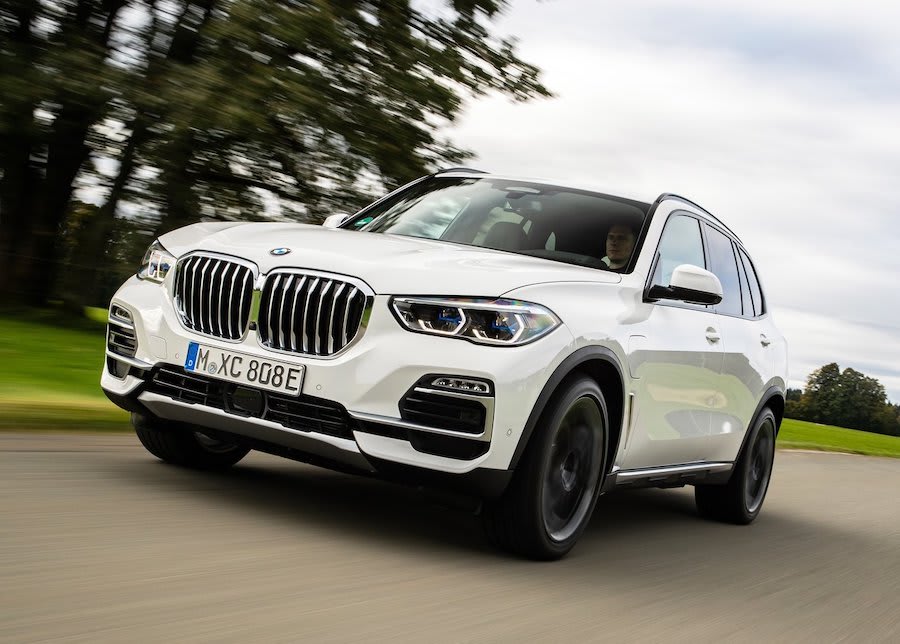
Key Features
In most respects, the PHEV version of the X5 is very similar in attributes to the regular models. There’s one big difference, however; while you can have seven seats in a petrol or diesel X5, that’s not an option here, because the batteries in the hybrid system take up too much space in the back. Therefore the X5 45e is a strict five-seater, and the boot is slightly smaller than an equivalent petrol or diesel five-seater, although it’s still a healthy size.
But that’s the bad news out of the way. In other respects, you get the same choice of trim levels, the same great quality interior and the same deluge of the latest infotainment and safety technology. You also get stonking performance from the big petrol engine, yet efficiency is remarkably good considering the amount of power. And that’s before you factor in the very impressive electric-only range; at up to 54 miles, it’s one of the largest on any PHEV.
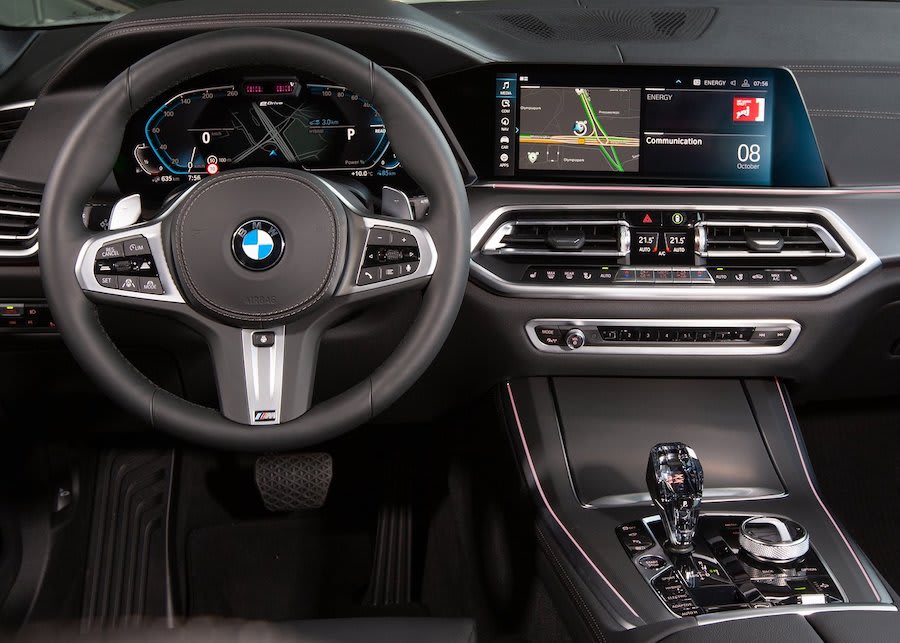
Range & Batteries
The X5 45e has a 22.3kWh lithium-ion battery connected to a 113-horsepower electric motor, which gives an official range of up to 54 miles per charge. This compares very well to the competition; for example, the Jaguar F-Pace P400e can only manage 33 miles, and Audi’s Q7 TFSIe just 30 miles. That said, the plug-in hybrid version of the Mercedes-Benz GLE promises up to 66 miles, and uses a diesel engine rather than a petrol to extend the overall range of the car still further.
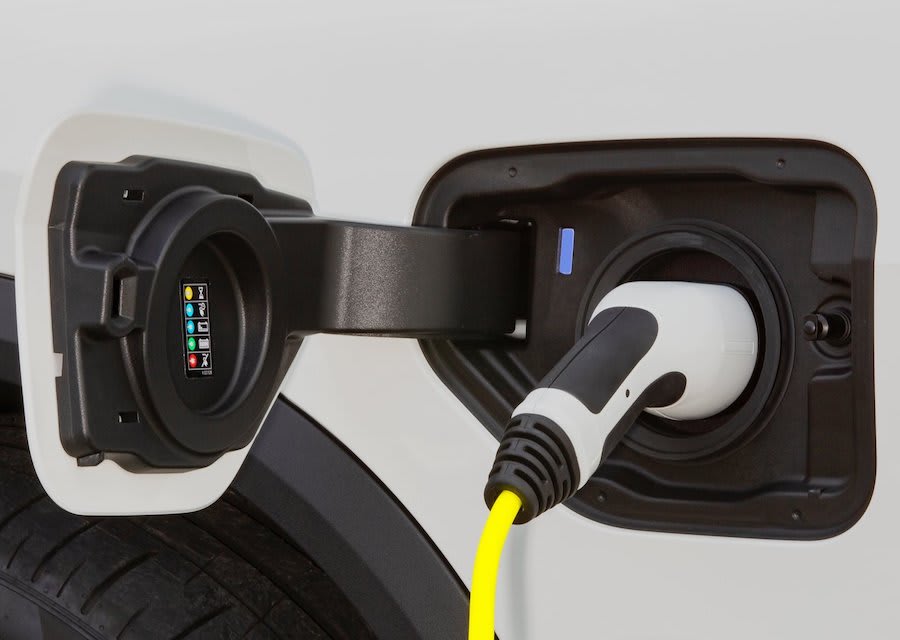
Performance & Drive
To make the most of the X5 PHEV’s talents, you’ll want to spend as much time in electric-only mode as possible. The motor provides 113hp, which isn’t loads, but it’s quick to respond to your right foot and is plenty for cruising around town. When you get up to faster speeds, or need more power, the petrol engine kicks in almost seamlessly, with just a faint rumble from the bonnet to let you know it’s started.
Cleverly, the hybrid system syncs with the car’s satellite navigation. This means that when you plumb in a route that’s longer than its electric-only range, the car will automatically judge the amount of electric power used so that it runs out just as you get to your destination, therefore maximising fuel efficiency.
When you don’t have a route loaded, the system will decide for itself when best to bring in or cut out the petrol engine. But you can also set it to recharge the battery from the engine if you know you’ll want electric power left later in the journey, or force it to stay in EV mode. The claimed 54 miles of battery range is probably optimistic in the real world, but over 40 miles on electric power only is very achievable.
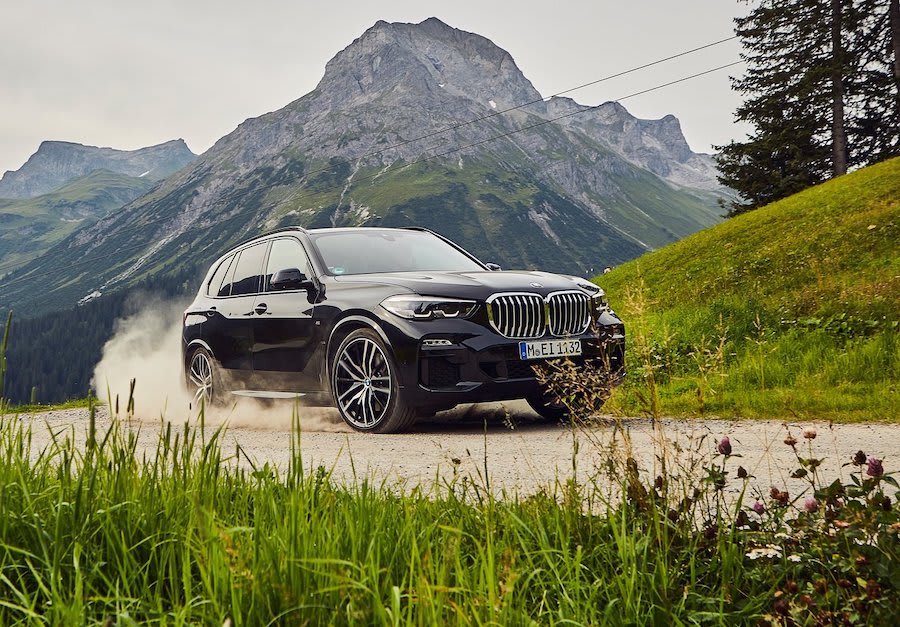
Put the car into Sport mode and it’ll deploy all available resources from both the petrol engine and the electric motor. That’s a total of 394 horsepower, which is enough for 0-62mph in a very brisk 5.6 seconds – comparable to a sports car, and helped by the traction provided by four-wheel drive. The electric motor really gives the X5 some immediate shove when the engine is at low revs, and as the engine speed climbs the power of the six cylinders takes over. At no point does the X5 feel anything other than quick.
That pace is matched by the handling. The extra weight of the electrical components does have some impact on the X5’s agility, and it’s not quite as sharp on its feet as the lighter petrol or diesel models. But it’s not far off, and the engineers have done an excellent job of keeping physics at bay. The pay-off is that the stiff suspension, which keeps body roll at bay so well during cornering, can make things a bit firm when it comes to ride quality. The air suspension system that comes with the M Sport model helps, and it’s far from uncomfortable for passengers, but there are more wafty SUVs out there, such as Audi’s Q7. Overall though, this is an excellent large SUV to drive, and one of the most fun, too.
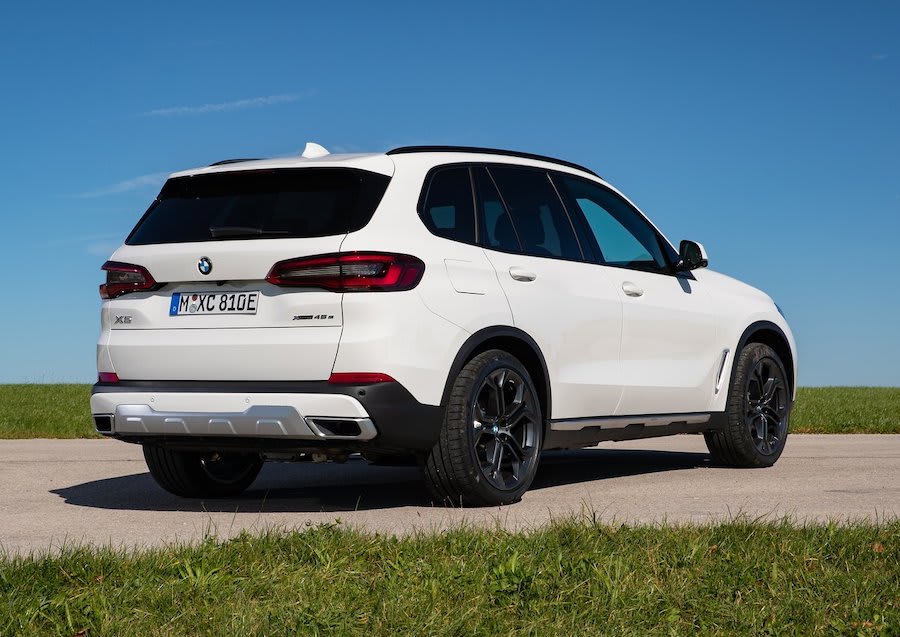
Charging
The X5 45e comes as standard with a five-metre Type 2 Cable and can be charged from a home wallbox or a public fast charger. However, unlike pure electric cars or the Mercedes GLE, it’ll only charge at 3.7kW. The GLE will cope with 7.4kW, which means it’ll refill the battery much faster at public chargers.
Be prepared for a long wait in the BMW: around seven hours whether at a fast charger or using a home wallbox. Your best bet is just to keep it plugged in at home or work when you’re not driving it.
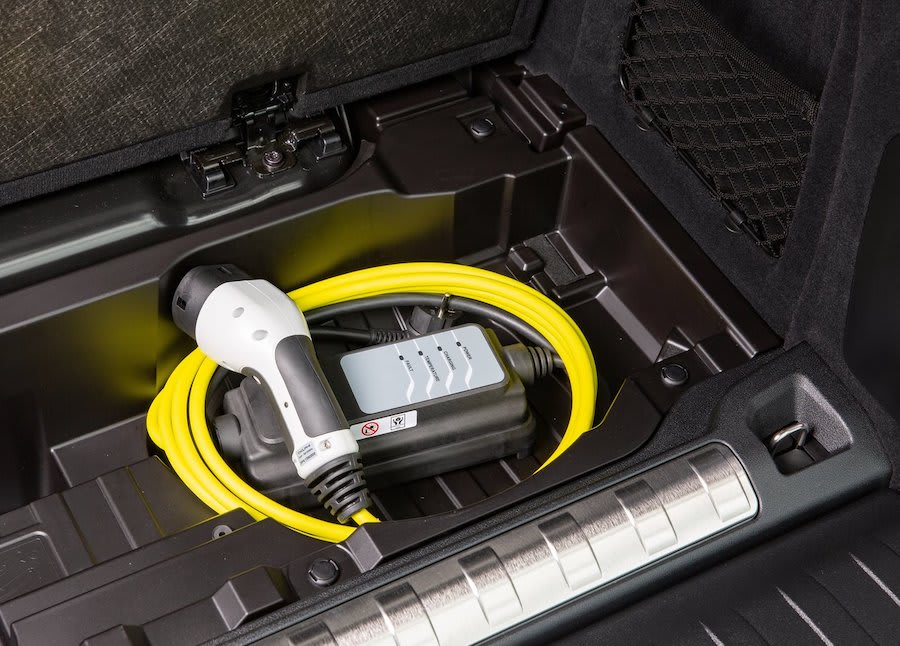
Running costs & Emissions
With all the plus points to the X5 45e, there has to be a downside, right? Otherwise surely everyone would lease this model over all the others? Well, sort of. Great as it is, all this technology means the X5 45e is not the cheapest car in the X5 range. But that said, it’s not as much extra as you might think. At the time of writing, it was cheaper to lease the PHEV model than a relatively humble diesel model of the same trim level. Part of this is down to desirability; PHEVs are very popular at the moment, which keeps resale values high, and that has a big impact on leasing costs.
Your running costs will be at their lowest if you use the X5 45e in the most efficient way. Keep the battery charged when possible, keep most of your journeys short and a tank of petrol could last months. But if you’re doing lots of long motorway journeys, you’ll find the battery drains and the petrol engine has to haul around heavy electrical components, which will be thirsty work. In that case, you’ll likely do better with a diesel model.
Officially, the X5 45e promises up to 235.4mpg, but that’s almost meaningless in the real world, as it’ll depend so much on the type of driving that you do.
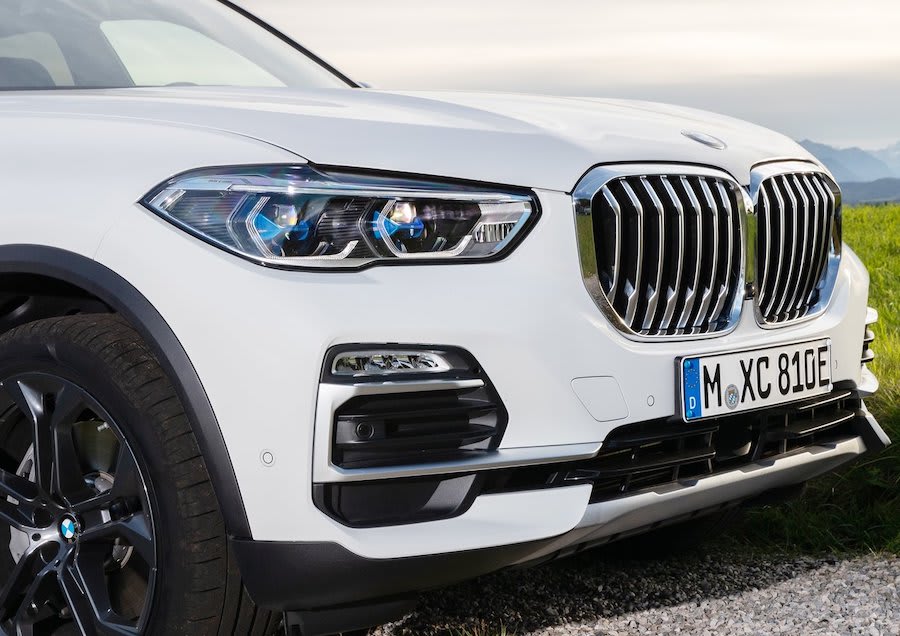
Electricity costs will always be cheaper than petrol or diesel. As mentioned above, you can charge your X5 at a public charger, but as the speed won’t be faster than at home, you’re better off using a wallbox. For the best results, get an electricity tariff that lets you charge for less overnight.
The X5 45e attracts a 7% benefit-in-kind tax for company car drivers in 2021/22, which is far below that of any petrol, diesel or full-hybrid car.
Interior & Technology
While Audi may rule the roost when it comes to interior quality, BMW is not far behind, and the X5 is one of its classiest cabins. The design is pretty similar to most other BMWs on the market, which is to say smart but largely unremarkable, but the material choice and feeling of solidity is top notch, and everything’s easy to find and use. The sparkly glass gearstick adds a touch of bling, too.
BMW’s infotainment system is one of the best on the market, and also one of the easiest to use, especially on the move. The touchscreen is large, clear and quick to respond, but there’s also a dial between the front seat and plenty of shortcut buttons to jump between different features or change the car’s various settings. This makes it much simpler to operate on the move than having to flick through touchscreen menus. Wireless Apple CarPlay is included, as is Android Auto.
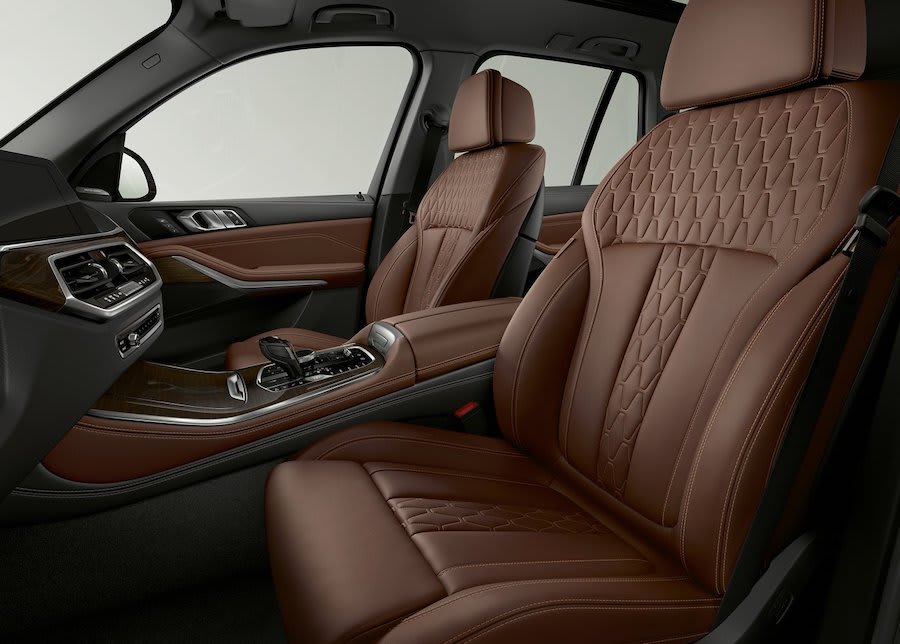
Drivers can download the My BMW app for their smartphone, which lets you connect to the car and see various status updates such as battery charge, whether or not it’s locked and how much fuel is in it.
The X5 is available with various advanced driver assistance systems, such as adaptive cruise control, although most are optional, which is a shame at this price point.
Practicality & Boot Space
The X5 is a big car, and accordingly has lots of space inside for passengers. Five adults will easily fit in with room to spare, and plenty of headroom and legroom. There are lots of general storage spaces dotted about the cabin, including a big space under the armrest between the front seats, a cubby hole and cupholders in front of the gearstick, with a lid to cover things when you’re away, and big door pockets.
The downside to the X5 PHEV is that the electrical components take up extra space and mean there’s no option to have seven seats, as there is in other versions of the car. It also means the boot size is compromised, down from 650 litres to 500. That’s still a decent space though, and there’s a small amount of space under the floor to keep your charging cable. Nets at the side of the boot can hold smaller items in place.
If you need more room, you can fold down the rear seats in a 40/20/40 split, giving you up to 1,720 litres of luggage storage. The split boot lid could prove useful too; the lower part folds down and can provide a seat for, say, enjoying an al fresco picnic, or changing muddy shoes after a walk.
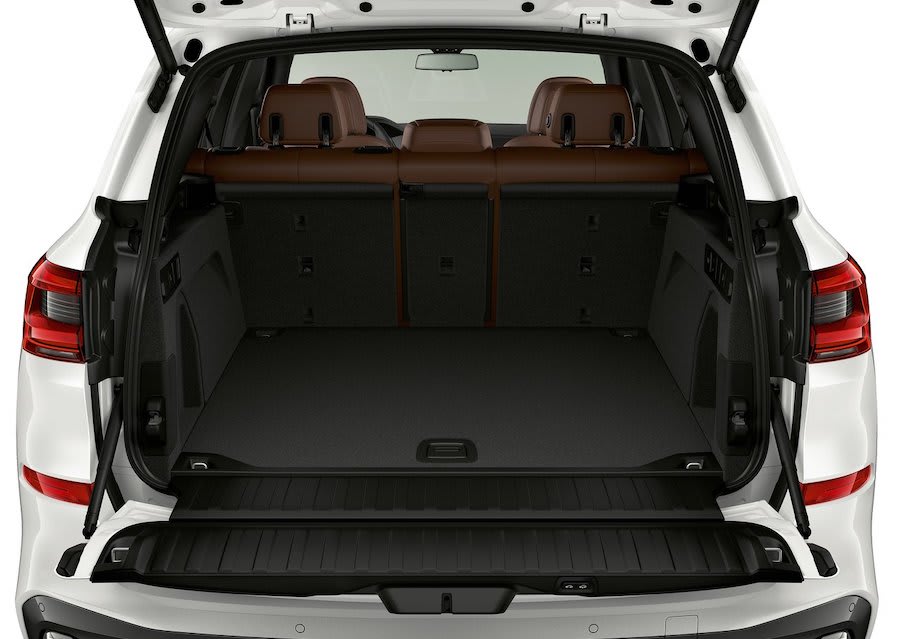
Safety
The X5 was tested by independent safety organisation Euro NCAP in 2015, and scored the maximum five stars overall. The breakdown of its scores in different areas isn’t bad, but it does lag slightly behind rivals like the Mercedes GLE and the Volvo XC90, which were given better occupant safety marks. There is no doubt, however, that the X5 is a very safe machine. Standard safety features include automatic emergency braking and lane departure warning. It comes with front, side and curtain airbags, and Isofix child seat mounting points on the outer rear seats.
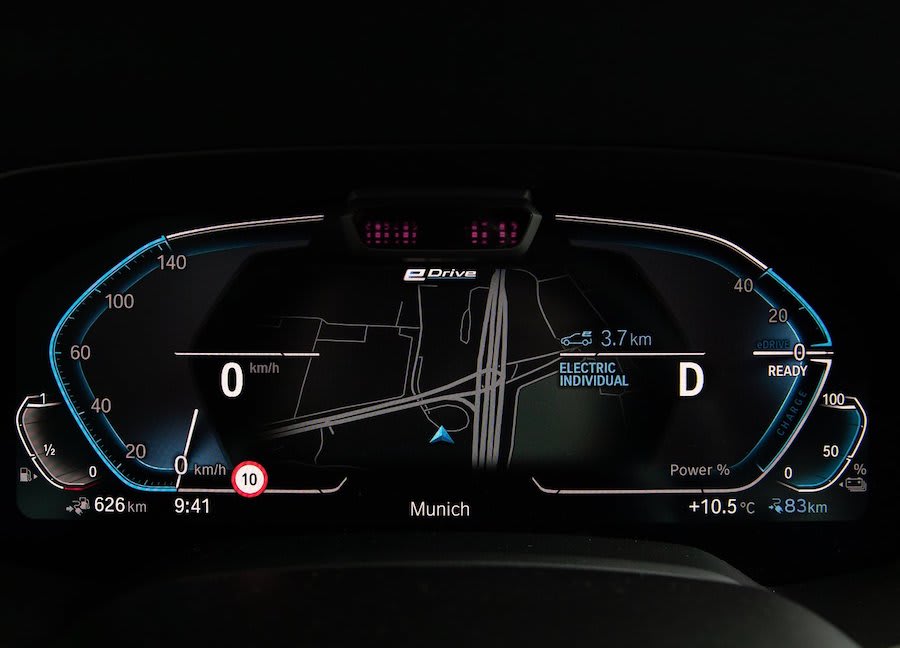
Options
You can pick from two trim levels. M Sport, as the name suggests, is the sporty one, while xLine is more comfort focused.
M Sport comes with 20-inch alloy wheels and a slightly sportier-looking bodykit, as well as powerful adaptive LED headlights, blue brake calipers and air suspension. The xLine model, meanwhile, has an aluminium exterior trim and 19-inch alloy wheels, and the seats are clad in leather. Both models feature the 12.3-inch digital dashboard and the full infotainment system with Apple CarPlay and Android Auto
Options include a range of paint colours and alloy wheel designs from 19 inches in size through to big 22-inch units. You can also pick several leather finishes and interior trim finishes, a panoramic sunroof and there are various option packs that add assorted extra systems and features. The Visibility Pack boasts upgraded headlights, while the Technology Pack adds a head-up display, which projects driving information onto the windscreen. The Comfort Pack features heated and cooled cupholders, front and rear heated seats as well as heated front armrest and a heated steering wheel.
If you want the various driving assistance features you’ll need the Technology Plus Pack, which contains what BMW calls Driving Assistant Professional. This features lane departure warning systems and adaptive cruise control among myriad other features that effectively lets the car drive itself on motorways; you still need to be in control of the car, however.
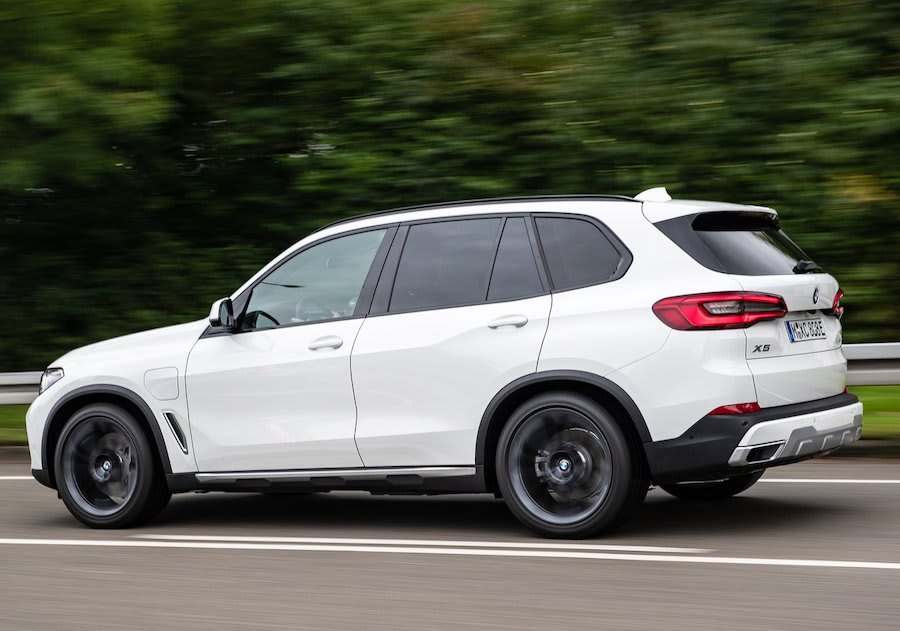
Rival Cars
When it comes to plug-in hybrid, premium large SUVs, there are several options away from the X5. For something sporty, the Porsche Cayenne E-Hybrid is an obvious choice; good as the X5 is to drive, the Cayenne is better still, with sportscar-like handling as befits the Porsche name. It doesn’t have such a large electric range though, and while the Porsche’s boot is larger than the X5’s, it’s not as spacious for passengers.
Other comfortable options include the Volvo XC90, which unlike the X5 has the option of seven seats in PHEV form. It’s not as impressive to drive as the BMW, and it’s not quite as high-end inside, although it’s still a very comfortable environment.
Perhaps the biggest challenger to the Mercedes-Benz GLE plug-in hybrid, which makes the unusual decision to host a diesel engine rather than a petrol, alongside its electric motor. It’s got a bigger electric-only range than the BMW, and the better efficiency of the diesel engine means a bigger potential for reasonable fuel economy once battery power runs out. It’s not as powerful or engaging as the X5 though.
Audi also makes PHEV versions of its Q7 SUV, available in two power options, but it lags behind the BMW and the Mercedes for electric range, at less than 30 miles. It’s a cruiser rather than fun to drive, but it is very nice inside.
Verdict & Next Steps
The X5 45e is the closest you’ll get to having your cake and eating it. It’s got really impressive performance, lots of space and drives well. But it can also make for low, low running costs, with a big electric-only range and low company car tax. It’s a shame that making the X5 a PHEV means you can’t have seven seats, and there are rivals with bigger boots, but in most other aspects the X5 45e will be very attractive to a lot of people. Leasing rates are very appealing too. What’s not to like?
Where to next?
View latest BMW X5 45e leasing deals- guide price from £664.81 per month inc VAT**
Looking for a great leasing deal? Check out our incredible range of car lease deals
New hybrid luxury SUV? Read our latest Reviews and find the right model for you
Want to know more about leasing? Take a look at our comprehensive Leasing Guides
Interested in everything motoring? Why not catch up on all the latest Car Leasing News.
*Score based on Select’s unique meta score analysis, taking into account the UK’s top five leading independent car website reviews of the BMW X5 45e
**Correct as of 12/10/2021. Based on 9 months initial payment, 5,000 miles over a 48 month lease. Initial payment equivalent to 9 monthly payments or £5,983.33 Ts and Cs apply. Credit is subject to status.





















